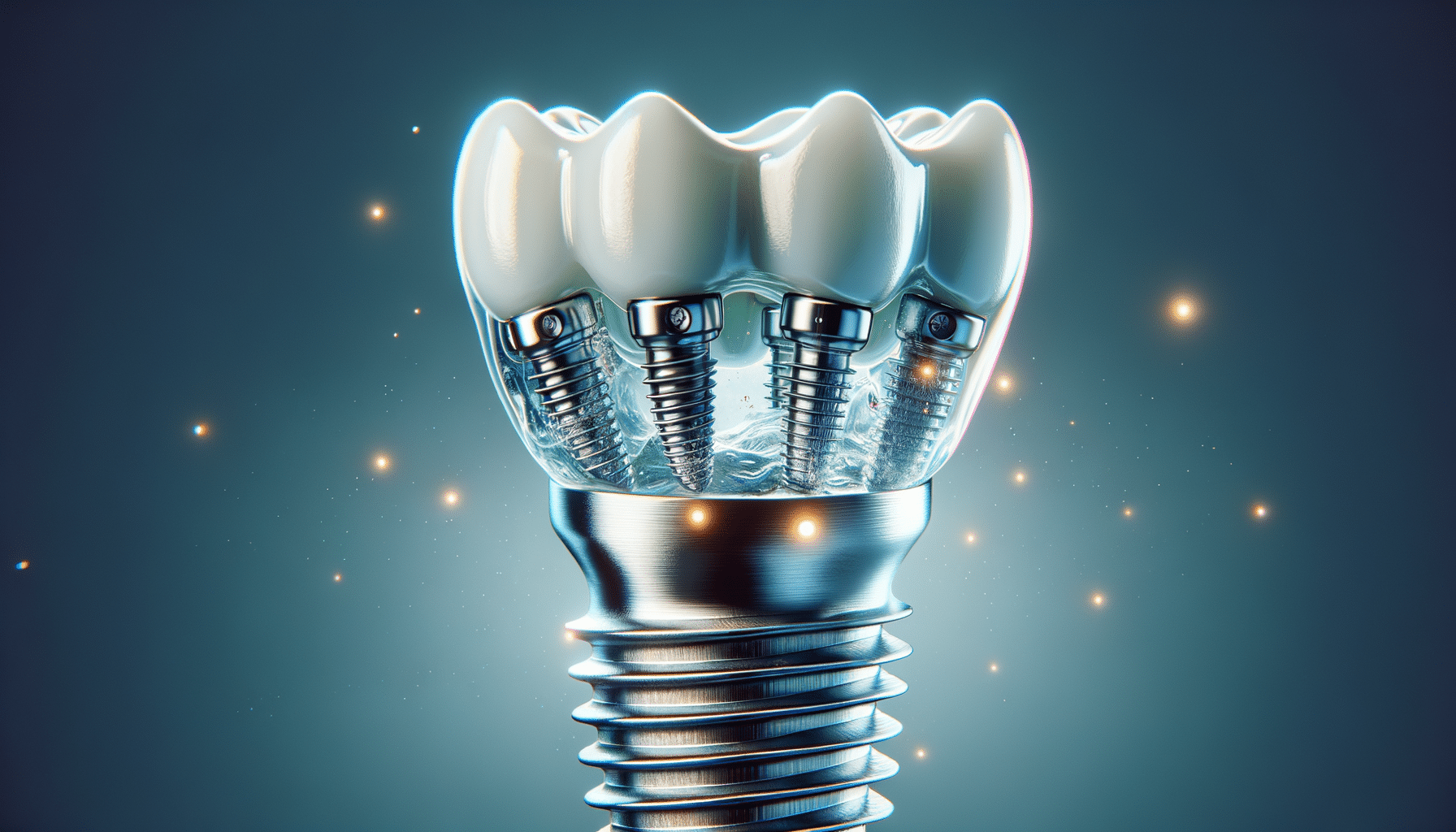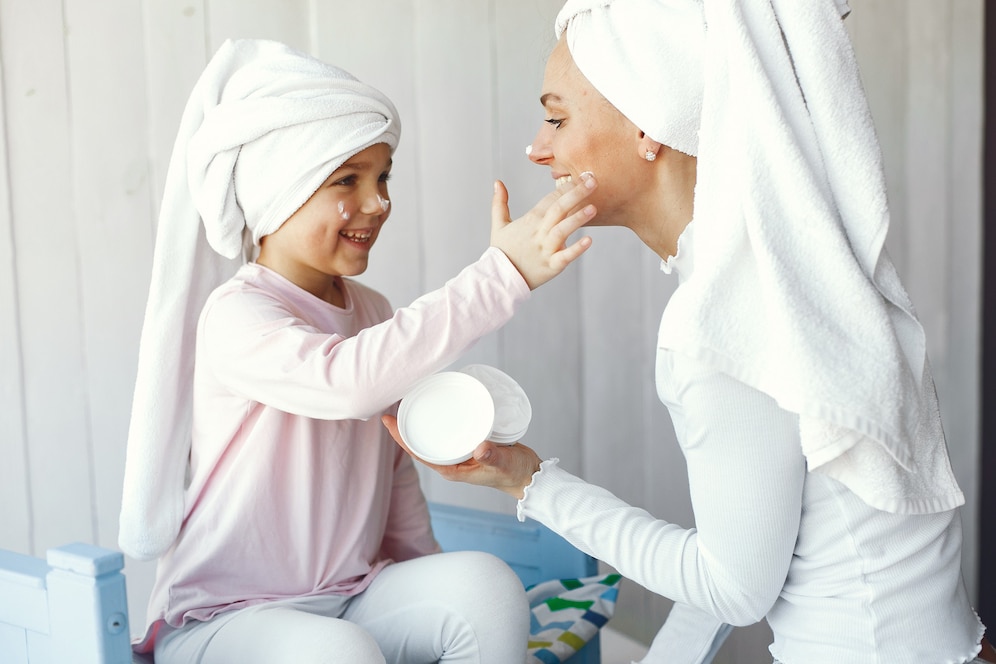
Best Skincare Tips for Kids Entering Puberty
More Than Just Pimples
Puberty is a rollercoaster. One minute your child’s giggling over cartoons, the next they’re asking for deodorant and complaining about spots. It’s a whirlwind of hormonal changes, emotional ups and downs — and yes, skincare surprises.
This transitional stage often marks the beginning of noticeable skin changes. Oily foreheads, blackheads, and the first appearance of acne can be a confidence shaker. That’s where you, as a parent, come in — not just to explain why it’s happening, but how to take care of it.
In this post, you’ll learn how to build a simple, age-appropriate skincare routine tailored for tweens (typically aged 9–12), understand the key puberty skin issues, and support your child’s self-care journey — all while boosting their body confidence and independence.
Let’s dive into practical puberty skincare tips that are clear, kind, and most of all, doable.
Understanding Tween Skin: Why Skincare Matters at This Stage
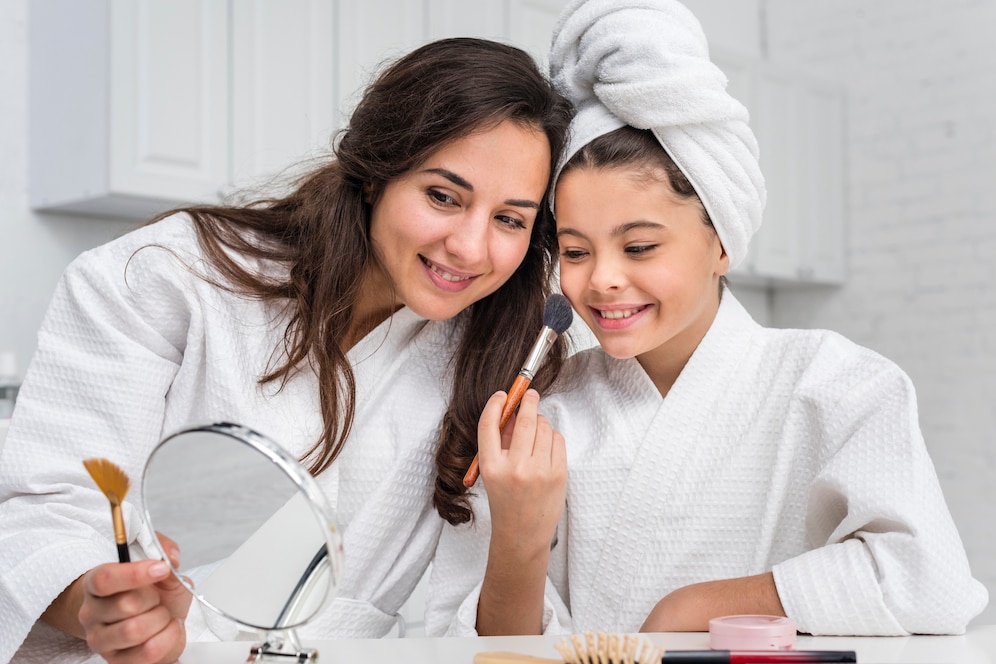
What’s Happening Under the Surface?
As your child enters puberty, hormonal shifts, particularly the rise in androgens, stimulate oil (sebaceous) glands in the skin. More oil production often means clogged pores, leading to:
- Blackheads
- Whiteheads
- Pimples and mild acne
- Oily T-zone (forehead, nose, chin)
This isn’t just about appearances. Learning skincare now can:
- Prevent future skin issues
- Encourage personal hygiene
- Build healthy, independent habits
- Boost self-esteem at a sensitive age
When Should Kids Start Skincare?
There’s no hard-and-fast rule, but most kids benefit from starting a basic routine as early as age 9 or 10, when early puberty signs (like oiliness or the occasional pimple) emerge.
Step-by-Step: A Tween-Friendly Skincare Routine
1. Cleansing: The Cornerstone
Why it matters: Cleansing removes excess oil, dirt, and bacteria — the main culprits behind acne.
How to do it:
- Choose a gentle, fragrance-free cleanser (look for labels like “suitable for sensitive skin”).
- Encourage washing the face twice daily, morning and evening.
- Lukewarm water works best; avoid hot water, which can irritate the skin.
Make it part of brushing teeth – stack habits for better consistency.
Products to consider:
- Cetaphil Gentle Skin Cleanser
- CeraVe Hydrating Cleanser
- Simple Kind to Skin Refreshing Facial Wash
2. Moisturising: Even for Oily Skin
Why it matters: Tweens often assume oily skin doesn’t need moisturiser, but dehydration can actually make oiliness worse.
What to use:
- Non-comedogenic moisturisers (won’t block pores)
- Lightweight, gel or lotion-based formulas
Application:
- After cleansing, apply a small amount all over the face.
- Twice a day is ideal, right after cleansing.
3. Acne Care in Puberty: Spot the Difference
Normal vs. Persistent Acne:
- Occasional pimples? Totally normal.
- Frequent, red, painful spots? Might need targeted products or a visit to the GP.
Basic acne-friendly tips:
- No picking or popping! It spreads bacteria and can scar.
- Use spot treatments with low-strength benzoyl peroxide or salicylic acid (under adult supervision).
- Avoid harsh scrubs or astringents (these strip the skin and trigger more oil production).
When to see a doctor:
- If over-the-counter care doesn’t help
- If acne is affecting your child’s self-esteem
- If there are signs of cystic acne (deep, painful lumps)
4. Sun Protection: Yes, Even in the UK
Why it matters: Many acne treatments make skin more sensitive to sunlight. Plus, sun damage starts early.
What to use:
- Broad-spectrum SPF 30+
- Non-comedogenic, lightweight formulas
- Daily use, even on cloudy days
Make it simple by using a moisturiser with built-in SPF — fewer steps, less fuss.
Hygiene & Habits: Beyond the Face
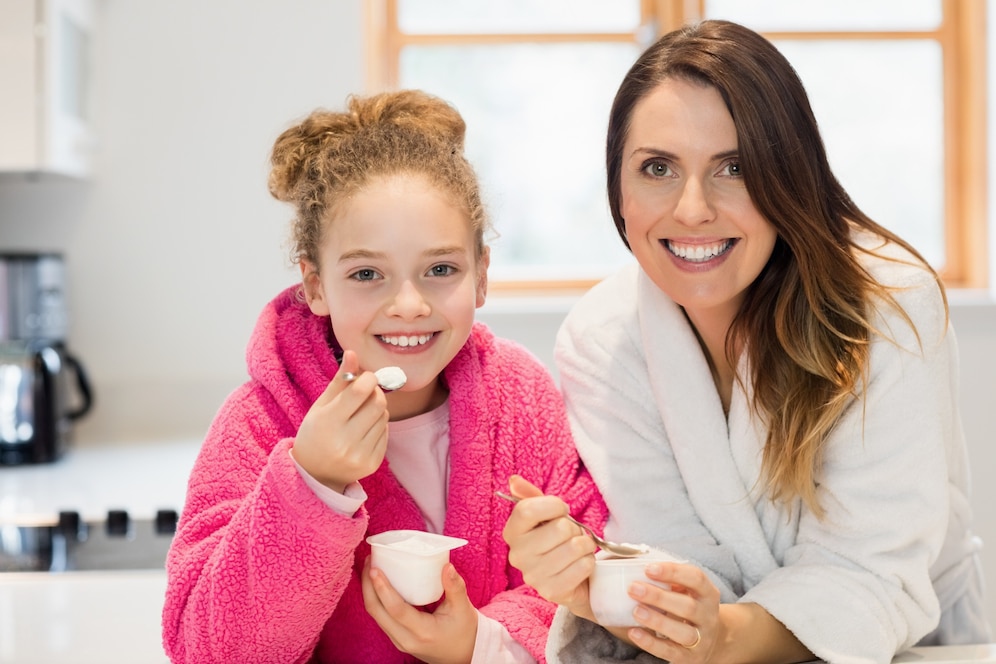
Hair and Scalp
Oily hair can transfer grease to the face, especially if your child has a fringe.
Encourage:
- Washing hair every 2–3 days (more often if very oily)
- Keeping hair off the face during sports or at bedtime
Pillowcases and Towels
These can harbour oil and bacteria.
- Change pillowcases at least weekly
- Use a clean towel for the face only
- Never share towels — even among siblings
The Emotional Side: Skincare as Self-Care
Building Body Confidence
Imagine this: your child sees their first pimple and instantly panics. “Am I ugly now?” Sound familiar?
Here’s where your support makes all the difference.
- Reassure them that changes are normal — everyone goes through this.
- Share your own stories of awkward teenage skin (yes, even those embarrassing ones).
- Emphasise that good skincare is about health, not perfection.
Make It a Positive Habit
Try turning skincare into a bonding moment. Brushing teeth together? Add a 2-minute face wash challenge. Let them choose their products (with guidance) so they feel involved and empowered.
Encouragement > Perfection. It’s okay if they forget some days. What matters is consistency over time.
What to Avoid in Tween Skincare
It’s tempting to try what adults use, but many adult products are too strong for young, developing skin.
Here’s what to steer clear of:
- Harsh exfoliants (especially with microbeads)
- Heavy anti-ageing creams
- Scented products (these often irritate sensitive skin)
- Makeup wipes as cleansers — they don’t fully remove oil or dirt
- Over-washing — more than twice a day, can strip natural oils
Skincare for Tweens with Specific Concerns
For Sensitive Skin
- Stick to hypoallergenic, fragrance-free products
- Patch test new products on the inner arm
- Look for calming ingredients: aloe vera, oatmeal, glycerin
For Dry Skin
- Choose cream-based moisturisers
- Avoid foaming cleansers (they often dry out the skin)
- Add a humidifier in the bedroom during the winter months
For Oily Skin
- Gel-based cleansers
- Clay masks (once a week) for oil control
- Blotting papers during the day (fun and easy to carry)
Conclusion: Helping Kids Face Puberty with Confidence
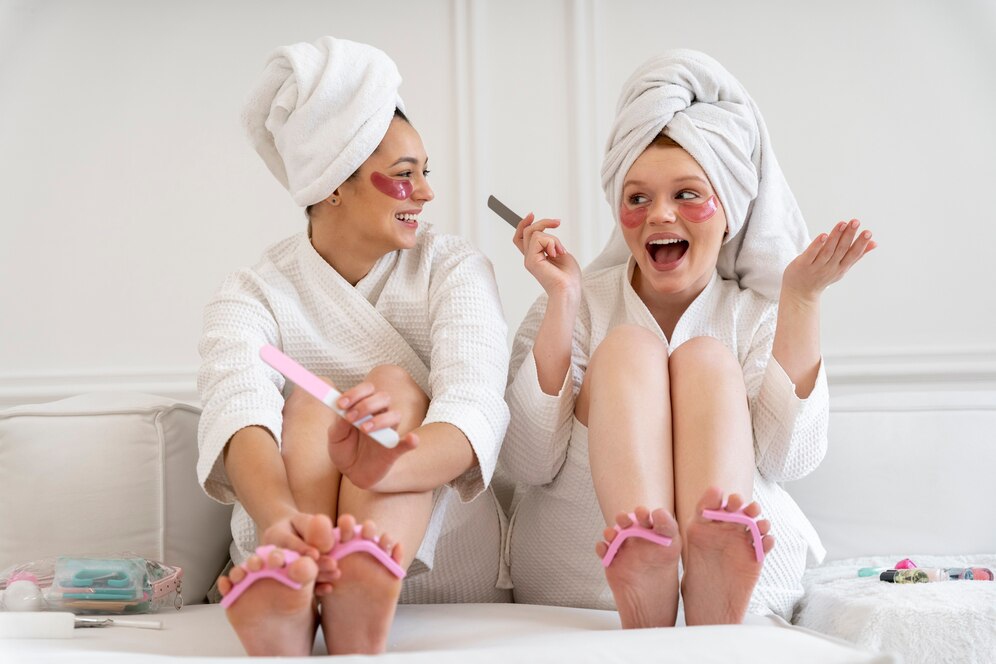
Skincare during puberty isn’t just about fighting spots — it’s about equipping your child with hygiene knowledge confidence, and habits that will serve them for life. By guiding them gently into a simple, consistent routine and showing empathy for the emotional side of skin changes, you’re helping them feel seen, understood, and in control.
Whether it’s picking out their first cleanser or talking them down from a bad skin day, your support lays the foundation for lifelong self-care.
Over to you: Have you helped your child start a skincare routine? What worked — or didn’t? Share your tips, questions, or stories in the comments below! Let’s build a community that supports confident, glowing kids — one face at a time.

